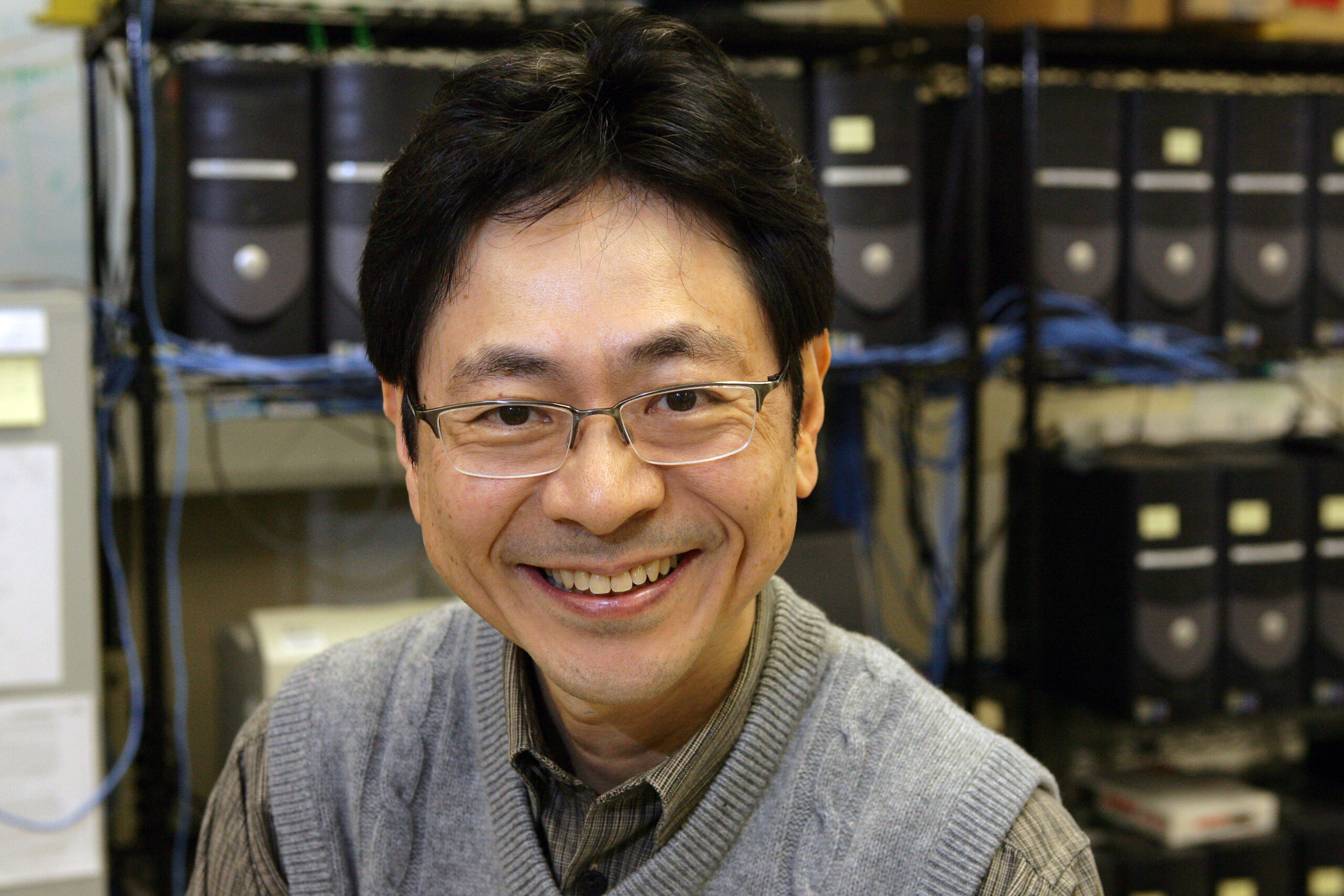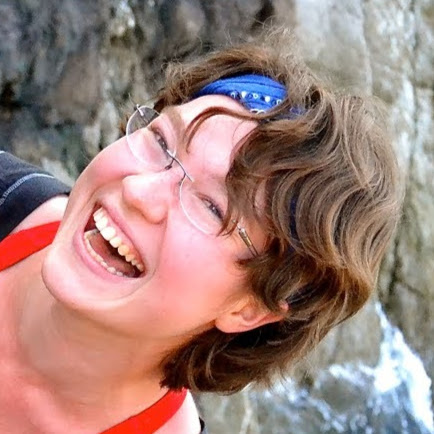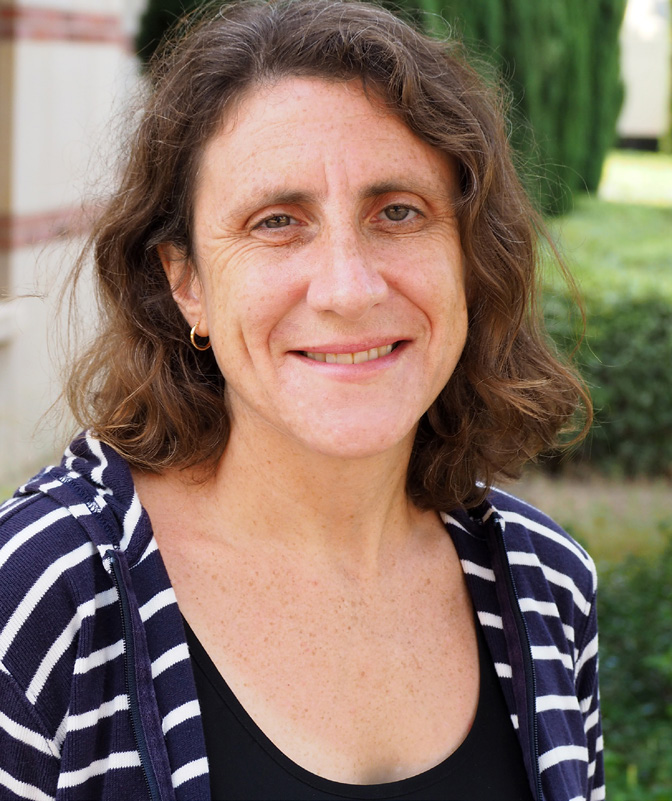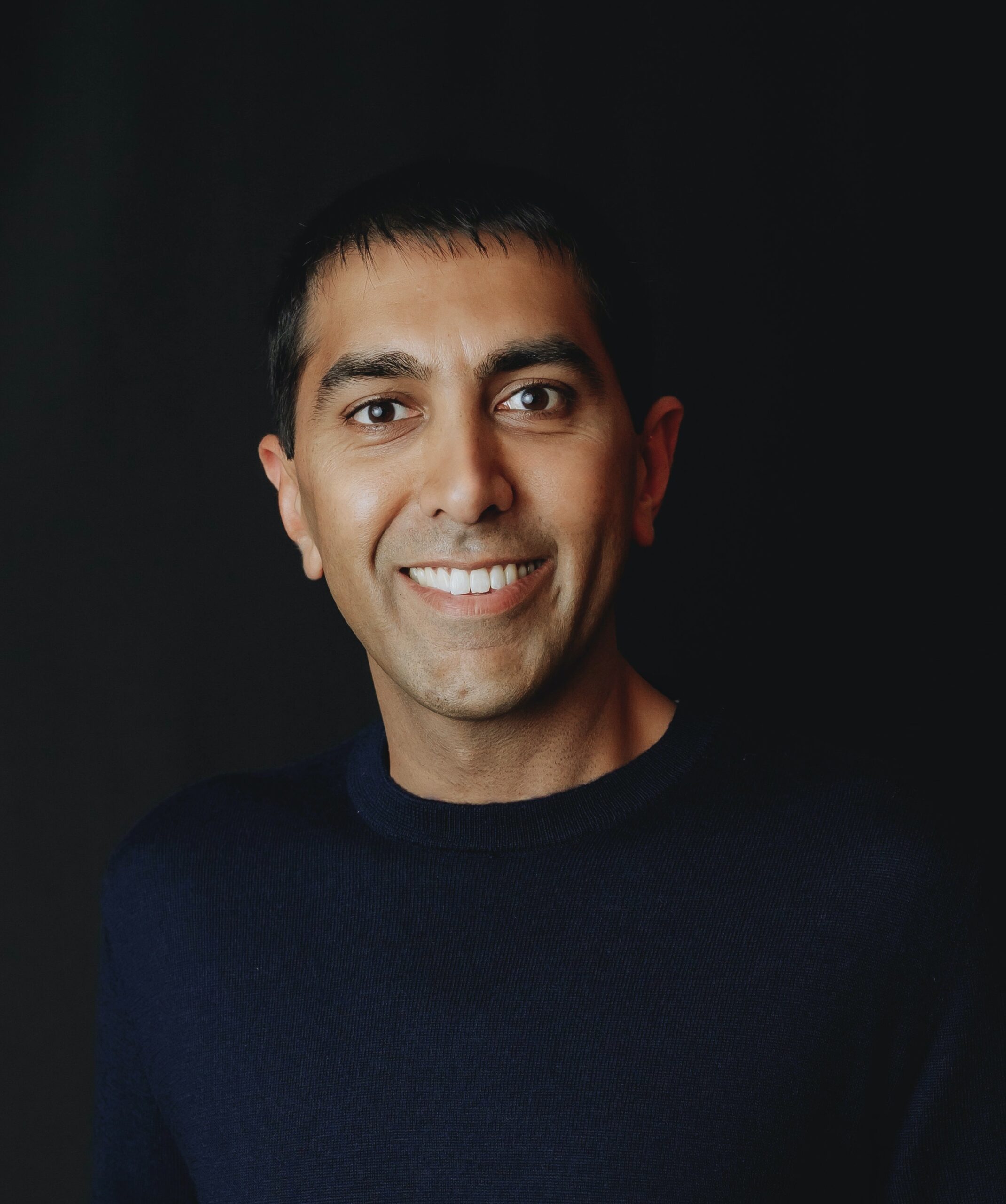Activities for K-12 and up
Come explore interactive science booths, talks, and a planetarium at UCLA! Also, an award ceremony for a special guest you won't want to miss. All activities are free of charge and materials are provided - just bring your open mind!
Science Talks (2024)
15-min long presentations for all ages with time afterwards for questions.From Cosmos to Consciousness: The Quest for Conscious AI
Imagine a future where robots can think and even feel! In this talk, we’ll take a wild ride from the creation of the universe to the amazing power of the human brain. You’ll discover how scientists are working to build machines that could one day have their own kind of consciousness. Packed with cool science […]
Power Up! How Fast-Charging Batteries Work
This talk will include an introduction to how batteries of many different types work, with the goal of understanding why they currently cannot charge quickly. We will then discuss new ideas in battery materials that should allow for fast charging, making it easier to electrify the future!
When Earth was a Boiling Magma Ocean
Why did the Earth start out completely molten? Did you know the Earth was once hit by an object the size of Mars? How did Earth evolve from its violent start? We will answer these questions and more through the talk.
Chilling with batteries: how freezing-cold microscopes unlock the hidden secrets of future batteries
We will learn about how powerful microscopes work to reveal the hidden secrets behind how batteries work and fail. We will then see how these new discoveries can help us build better batteries for the future.
Journey to the Center of the Earth
Take a trip to the Center of the Earth with me! How hot is it? Could you go there? What’s it made of? How does it make mountains, volcanoes and earthquakes?
Storm-chasing on the Sun
The peak of the solar cycle is finally upon us, bringing with it remarkable storms! Come discover what centuries of observations have taught us about our closest star, and why May 10th 2024 was one for the history books.
Our Changing Ocean
Why does the ocean matter to people? What have Earth’s oceans looked like in the past and how are they changing today? How can we help keep our oceans healthy?
The Three-Body Problem
The ‘Three-Body Problem’ has gained popularity thanks to a book series by Liu Cixin and a Netflix show, but it’s actually a deep question in physics. It explores how three objects, like stars or planets, move under the influence of each other’s gravity. The tricky part? There isn’t a simple formula to predict what will […]
Are we alone? UCLA SETI is on a quest to find out
How can we find evidence of life elsewhere? Since 2016, UCLA SETI has been searching for signs of technology (technosignatures) in the galaxy with one of the largest radio telescopes on Earth. With UCLA undergraduate and graduate students, we have examined over 50,000 stars to date. Join us to find out why this search is […]
Time Travel Adventures with the James Webb Space Telescope
Understanding the formation and evolution of galaxies remains one of the great challenges of modern cosmology. The James Webb Space Telescope (JWST) has launched a revolution in the study of the first galaxies in the universe, providing unprecedented insights into our cosmic origins. I will review some of the latest results from JWST on the […]
Organic Chemistry in the Movies
Despite its bad reputation, organic chemistry is awesome and is all round us. In this presentation, attendees will learn some of the basics of organic chemistry (yes, even kids can learn it!), while enjoying short clips from family-friendly movies.
Into the Deep: Ocean Exploration with the Deep-Sea Submersible Alvin
The ocean is Earth’s largest, most mysterious realm, and the deep sea remains more unexplored than the surface of the moon. Now, you have the chance to join an incredible adventure aboard the legendary deep-sea submersible Alvin, plunging into the depths to uncover hidden worlds at the bottom of the ocean. What secrets will we […]
Brain Hacks: Neuroscience Tips for Everyday Life
Learn how your brain works, how to understand brain activity, and how to improve your life with neuroscience tips for all ages! As proven by neuroscience, discover the best strategies to study, learn, sleep, and work! These are all things I wish I knew when I was 10 years old and I hope people of […]
Fun with Plastics
Where do plastics come from? Which can be recycled? Can packing peanuts be recycled? How long are polymer chains? How many polymer chains are in a bowling ball? How are you supposed to open a ketchup package if it has no perforation marks? What is polyurethane foam used for and what is the largest polyurethane […]
In Rutherford’s Footsteps: What Makes Up Everything Around Us?
Over 100 years ago, a scientist named Ernest Rutherford discovered something amazing: the proton, a tiny part of every atom. But what’s inside a proton? Did you know it’s made up of even smaller pieces called quarks and gluons? In this talk, we’ll take a fun journey to learn how these tiny particles fit together […]
The mystery of flight: how do birds fly?
How do birds defy gravity? What keeps them in the sky, sometimes for days on end? Hear about the amazing ways birds have evolved to master something we humans can only dream of–flight!
















